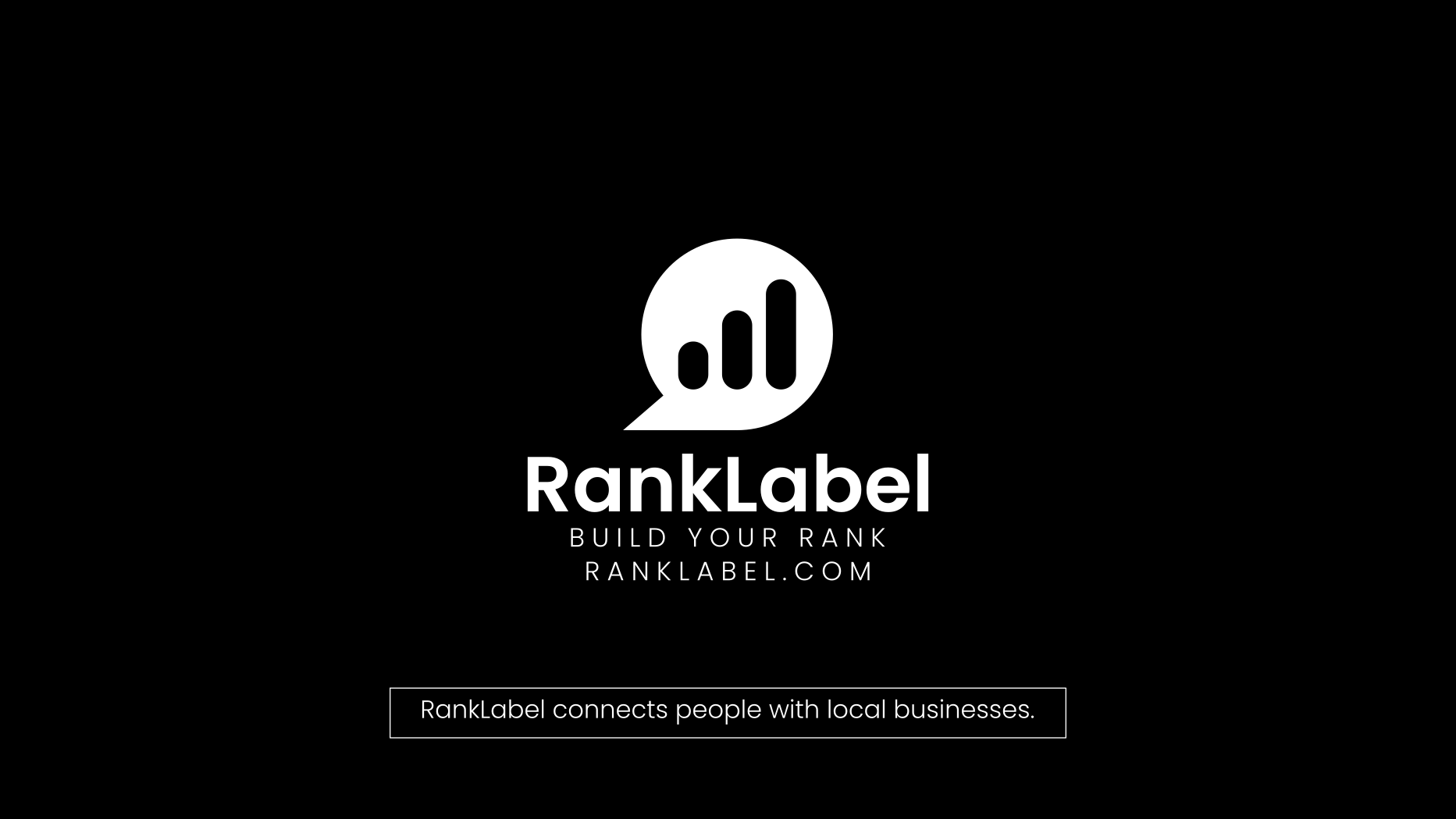Revolutionizing Manufacturing: Biodegradable 3D Printing and Durable 3D Prints

The world of manufacturing is witnessing a transformative shift with the advent of advanced technologies such as 3D printing. This method, which once seemed limited to prototyping, is now being adopted for full-scale production across various industries. One of the most significant advancements in this field is the development of biodegradable 3D printing materials combined with techniques to produce durable 3D prints. This combination not only supports environmental sustainability but also delivers robust solutions for both everyday and industrial applications.
The Emergence of Biodegradable 3D Printing
Biodegradable 3D printing represents a key evolution in additive manufacturing, focusing on reducing the environmental impact of production. As industries and consumers increasingly prioritize sustainability, the demand for materials that can decompose naturally has grown significantly. Biodegradable materials, typically made from PLA (Polylactic Acid), a cornstarch-derived polymer, are now widely used in 3D printing applications.
These materials are designed to break down over time in specific conditions, making them ideal for applications where material longevity is less critical. Examples include:
- Temporary models or prototypes
- Biodegradable medical implants and devices
- Eco-friendly consumer products
Moreover, the incorporation of biodegradable options in 3D printing supports the circular economy model, emphasizing the reduction of waste and the continual use of resources.
Enhancing Longevity: Techniques to Achieve Durable 3D Prints
Despite the environmental benefits of biodegradable materials, many applications require durable and robust 3D printed parts. Durability in 3D printing is achievable through various techniques and materials that enhance the strength and longevity of the printed objects. Some of these techniques include:
- Material selection: Using ABS, PETG, or Nylon, which are known for their strength and resistance to environmental factors.
- Print settings optimization: Adjusting layer height, print speed, and infill settings can significantly affect the strength of the finished part.
- Post-processing methods: Techniques like annealing or UV curing that increase the structural integrity of 3D prints.
These methods ensure that 3D printed parts can be used in more demanding situations, such as in automotive parts, manufacturing tools, or even in aerospace applications, where longevity and reliability are crucial.
Application Spotlight: 3D Printed Parts in Various Industries
The versatility of 3D printing technology allows for its application across a multitude of industries. With the ability to create both biodegradable and durable parts, the technology’s adaptability is unparalleled. Here are a few industries where 3D printed parts are making a significant impact:
- Healthcare: From biodegradable surgical guides to robust prosthetics, 3D printing offers customized solutions that are revolutionizing patient care.
- Automotive: Durable 3D prints are used for creating prototypes, end-use parts, and complex tools, reducing costs and speeding up innovation.
- Consumer Goods: Companies are producing everything from biodegradable packaging to durable sports equipment, demonstrating the flexibility of 3D printing materials and techniques.
Each application utilizes either the biodegradability aspect or the durability of the prints, tailoring the use of 3D printing technologies to meet specific needs and sustainability goals.
Innovative Case Studies: Success Stories in 3D Printing
The real-world impacts of biodegradable and durable 3D prints are best highlighted through specific case studies. These examples illustrate how companies are leveraging 3D printing to achieve both environmental objectives and performance requirements:
- A leading automotive manufacturer utilizes durable 3D printed parts for on-demand inventory, reducing waste and storage needs.
- A startup specializes in biodegradable 3D printed consumer products, such as compostable coffee pods, aligning with their sustainability mission.
- A medical device company uses 3D printing to create absorbable, biodegradable medical implants that enhance patient recovery and comfort.
These case studies demonstrate the practical applications and benefits of integrating 3D printing into production cycles, showcasing both innovation and sustainability.
Future Prospects: Advancements and Trends in 3D Printing
The future of 3D printing looks promising, with ongoing research and development paving the way for more refined processes and materials. Innovations such as multi-material printing and improved biodegradable composites could further enhance the capabilities and applications of 3D printing. Additionally, as global environmental regulations become stricter, the demand for sustainable manufacturing processes like biodegradable 3D printing is expected to increase.
Trends to watch include:
- Increased use of recycled materials in 3D printing processes.
- Advancements in 3D printing speed and resolution, allowing for more complex and precise durable parts.
- Growing adoption of 3D printed molds for traditional manufacturing, reducing time and costs associated with production.
These advancements highlight the dynamic nature of 3D printing technology and its potential to further integrate into mainstream manufacturing and commercial applications.
Conclusion: The Impact of Biodegradable and Durable 3D Printing
Biodegradable 3D printing and the development of durable 3D prints are not just technological innovations; they represent a significant shift towards sustainability in manufacturing. By balancing environmental responsibilities with the demands for durable products, the field of 3D printing is set to continue its growth and influence across industries. As technology progresses, the possibilities for creative and responsible manufacturing solutions will expand, marking a new era in how we produce and think about products and materials.
In conclusion, the integration of biodegradable materials and techniques for enhancing the durability of 3D prints is reshaping industries, empowering companies to meet both their ecological and functional needs with greater efficiency and creativity.











